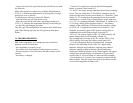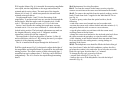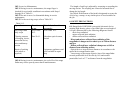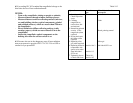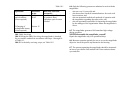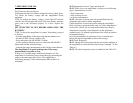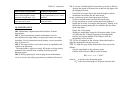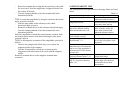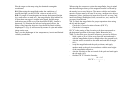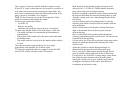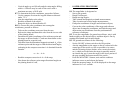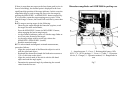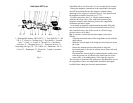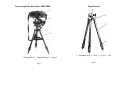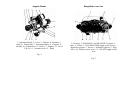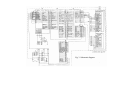
Individual SPTA set
1 - Rechargeable battery 10D-0,55С-1; 2 - Fuse link VP1-1 1,0А
250 V; 3 - Pencil; 4 - Sealing ring; 5 - Eye shield; 6 - Framed
lens; 7 - Cloth; 8 - Eraser; 9 - Wrench; 10 - Coordinate
converter; 11 - Charging device; 12 – Protection device; 13 -
Indicating silica gel; 14…18 - Cables; 19 - Membrane; 20, 21 -
Cover; 22 - Diaphragm; 23 - Brush No. 7 (made of synthetic
fibre)
Fig. 6
Add 60.00 mils to the first value if it is exceeded by the second.
During the magnetic orientation of the rangefinder, the angles
read off the azimuth dial are the magnetic azimuth values
(bearings) of the target (or reference object). You should count
the magnetic azimuth correction (see 7.5.3.).
For better precision, take 3 or 4 angle measurements to
calculate the mean value. After each measurement of the
magnetic azimuth value (bearing), destroy the rangefinder
orientation and aim it again.
An azimuth or magnetic azimuth measuring under 0.80 mils
may be read off the reticle with a maximum accuracy of 0.05
mils (small division value of the reticle is 0.05 mils, large
division value is 0.10 mils).
8.6. To measure vertical and elevation angles, proceed as
follows:
- Align the horizontal mark of the rangefinder reticle with the
upper object;
- Read the vertical angle scale using the wheel and note down
the value;
- Rotate the azimuth and elevation knobs to align the
horizontal mark of the reticle with the lower object and read
the scale again;
- Determine the vertical angle by subtracting the smaller value
from the greater one if both have the same sign (are of the
same color), or by adding them, if the signs are opposite.
The elevation is measured with reference to the Binocular axis of
the rangefinder. Hence, the rangefinder should be thoroughly
levelled before taking the elevation measurements.



